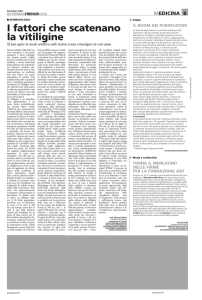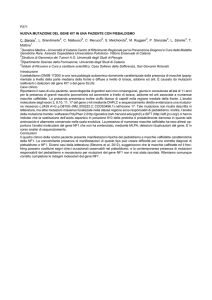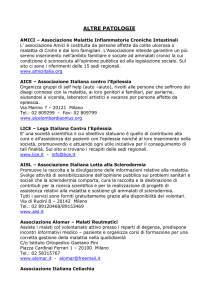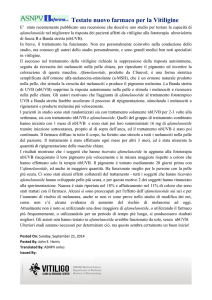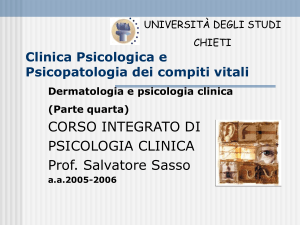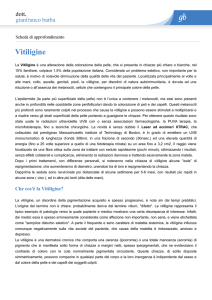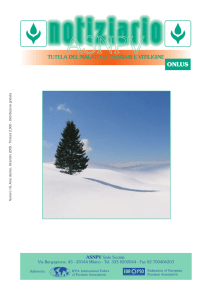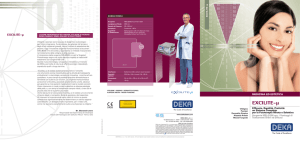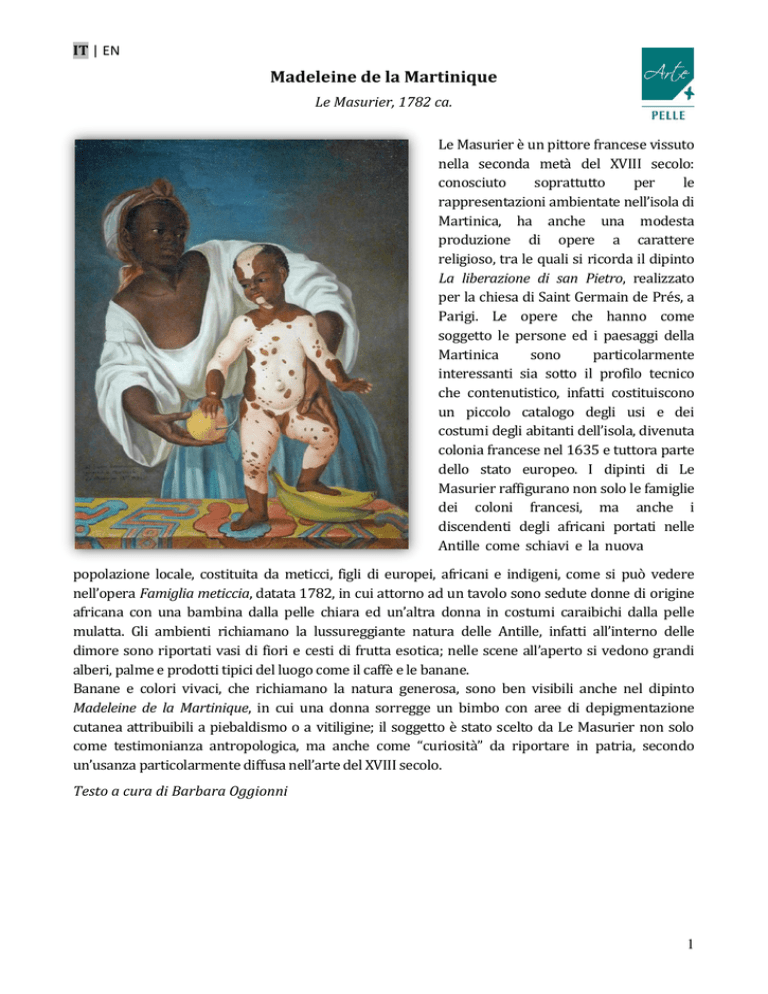
IT | EN
Madeleine de la Martinique
Le Masurier, 1782 ca.
Le Masurier è un pittore francese vissuto
nella seconda metà del XVIII secolo:
conosciuto
soprattutto
per
le
rappresentazioni ambientate nell’isola di
Martinica, ha anche una modesta
produzione di opere a carattere
religioso, tra le quali si ricorda il dipinto
La liberazione di san Pietro, realizzato
per la chiesa di Saint Germain de Prés, a
Parigi. Le opere che hanno come
soggetto le persone ed i paesaggi della
Martinica
sono
particolarmente
interessanti sia sotto il profilo tecnico
che contenutistico, infatti costituiscono
un piccolo catalogo degli usi e dei
costumi degli abitanti dell’isola, divenuta
colonia francese nel 1635 e tuttora parte
dello stato europeo. I dipinti di Le
Masurier raffigurano non solo le famiglie
dei coloni francesi, ma anche i
discendenti degli africani portati nelle
Antille come schiavi e la nuova
popolazione locale, costituita da meticci, figli di europei, africani e indigeni, come si può vedere
nell’opera Famiglia meticcia, datata 1782, in cui attorno ad un tavolo sono sedute donne di origine
africana con una bambina dalla pelle chiara ed un’altra donna in costumi caraibichi dalla pelle
mulatta. Gli ambienti richiamano la lussureggiante natura delle Antille, infatti all’interno delle
dimore sono riportati vasi di fiori e cesti di frutta esotica; nelle scene all’aperto si vedono grandi
alberi, palme e prodotti tipici del luogo come il caffè e le banane.
Banane e colori vivaci, che richiamano la natura generosa, sono ben visibili anche nel dipinto
Madeleine de la Martinique, in cui una donna sorregge un bimbo con aree di depigmentazione
cutanea attribuibili a piebaldismo o a vitiligine; il soggetto è stato scelto da Le Masurier non solo
come testimonianza antropologica, ma anche come “curiosità” da riportare in patria, secondo
un’usanza particolarmente diffusa nell’arte del XVIII secolo.
Testo a cura di Barbara Oggionni
1
IT | EN
Piebaldismo e Vitiligine
Piebaldismo e vitiligine sono due modelli paradigmatici di
malattie associate a perdita del normale colore della pelle e
scomparsa dei melanociti nelle aree colpite. Il termine
"piebaldismo" è di derivazione inglese e fa riferimento a
"pie" che significa gazza e "bald" che tra i vari significati ha
anche quello di striato o segnato di bianco. Il piebaldismo è
una rara condizione ereditaria caratterizzata da un ciuffo
bianco di capelli (poliosi) e da chiazze ipopigmentate sul
viso, sopracciglia, ciglia, fronte e mento in particolare.
Macchie bianche possono anche formarsi sul tronco e sulle
estremità anche se mani e piedi non sono generalmente
interessati. A volte isole di pelle normale o iperpigmentata
si manifestano entro le macchie bianche. La condizione è
presente alla nascita e di solito rimane invariata per il resto
della vita. Il piebaldismo è una malattia genetica autosomica
dominante che significa che la metà dei bambini di una
persona affetta avrà la malattia ed è associato a una
mutazione del proto-oncogene c-KIT che codifica per il
recettore del fattore di crescita delle stem cell. Il termine
vitiligine, di origine latina, sembrerebbe derivare da
“vitium” che significa macchia. Si trovano riferimenti alla
vitiligine in testi dell’ antico Egitto, nel Corano, nella Bibbia e
perfino in una raccolta di preghiere scintoiste del 1200 a.C.
Nei secoli, la vitiligine è stata confusa con altre malattie della
pelle, alcune delle quali contagiose, contribuendo ad
aumentare la diffidenza nei confronti delle persone affette.
Rispetto al piebaldismo, la vitiligine compare più tardi nella
vita e ha una differente distribuzione delle chiazze, con
lesioni, nella variante di vitiligine più comune acro-faciale,
sulla parte centrale del viso e al dorso delle mani. La
vitiligine è una malattia multifattoriale connessa con
variazioni in alcuni geni che regolano la risposta
immunitaria e che si può associare ad altre malattie con
genesi immunitaria. La vitiligine come il piebaldismo non
provoca sintomi e il danno maggiore è di natura estetica. Le
possibilità terapeutiche sono piuttosto limitate. Nella
vitiligine si può considerare la fototerapia mirata associata a
farmaci immunosoppressori locali. Nel piebaldismo e in
aree di vitiligine stabile è stato anche proposto il
trasferimento di melanociti prelevati da aree cutanee non
depigmentate. Il mascheramento delle lesioni con tecniche di
trucco terapeutico (camouflage) rappresenta un valido aiuto.
Testo a cura di Marzia Bronzoni e Luigi Naldi
Il giornalista televisivo e scrittore Lee Thomas ha
riportato nel libro "Turning White" la propria
esperienza e battaglia quotidiana con la vitiligine.
Mani di un paziente nero con vitiligine.
Il trasferimento dei melanociti estratti dalla guaina
esterna del follicolo pilifero può rappresentare
un'opzione terapeutica per ripigmentare aree di
piebaldismo e di vitiligine stabile.
.
2
IT | EN
Madeleine de la Martinique
Le Masurier, 1782 ca.
Le Masurier was a French painter who
lived in the second half of the 18th
century: he is known mainly for his
paintings set in the island of Martinique,
he produced a reasonable number of
works with a religious orientation,
among which is The freeing of Saint Peter
which was painted for the church of
Saint Germain in Paris. The works that
represent the people and landscapes of
Martinique are particularly interesting
both from a technical point of view and
their content and in effect are like a small
catalogue of the life and customs of the
inhabitants of the island, which became a
French colony in 1635 and is still a part
of France. The paintings of Le Masurier
represent not only the French colonials
but also descendents of Africans brought
to the Antilles as slaves and the new
local population made up of people of
mixed race, children of Europeans,
Africans and natives as can be seen in the painting The Half-caste Family, dated 1782, in which some
women of African origin are seated around a table with a little girl with light coloured skin and
another woman dressed in typical Caribbean fashion who is mulatto. The scene recalls the
luxuriousness of nature of the Antilles and in effect there are vases of flower and baskets of exotic
fruit in the house; in the outdoor scenes you can see wonderful trees, palms and typical local
produce like coffee and bananas.
Bananas and vivid colours that bring to mind the generosity of nature are clearly to be seen in
Madeleine de la Martinique, in which a woman is holding a child with areas of its skin depigmented
probably due to piebaldism or vitiligo; the subject was chosen by Le Masurier not only as
anthropological testimony but also to take back to France as a curiosity, which was a common
custom in the art of the 18th century.
Text edited by Barbara Oggionni
Translation by Gordon Frickelton
3
IT | EN
Piebaldism and Vitiligo
The Piebaldism and vitiligo are paradigmatic models of illnesses
associated with loss of the normal skin colour and
disappearance of the melanocytes in the affected areas. The
term “piebaldism” is derived from the English “pie” which
means magpie, a bird, and “bald” which has different meanings
but also means streaked or coloured white. Piebaldism is a rare
congenital disorder described as a white lock of hair and
hypopigmented patchy areas on the face, eyebrows, brow and
chin in particular. White patches can also form on the trunk and
the extremities of the limbs, even though the hands and feet are
not usually affected. Often a subtle boundary of
hyperpigmented skin surrounds the patches that are not
pigmented. Sometimes islands of normal or hyperpigmented
skin appear within the white patches. The disorder is present
from birth and usually stays unchanged throughout life.
Piebaldism is a congenital autosomal dominant pigmentary
disorder which means that half of the children of a person
affected with the disorder will have it too and it is associated
with a mutation in the c- KIT protooncogene which codifies for
the receptors of the growth factor of stem cells. The term
vitiligo, of Latin origin, seems to stem from “vitium” which
means a patch: however not everyone agrees altogether on this
and some experts say that the word vitiligo derives from
“vitelius” which means veal, referring to the shining white
aspect of the meat. Reference is made to vitiligo in ancient
Egyptian texts, in the Koran, the Bible and even in a collection of
Shinto prayers dating back to 1200 BC. In the course of the
centuries vitiligo has been confused with other skin disorders,
some of which are contagious, thus making people wary of
those affected with the disorder. With respect to piebaldism,
vitiligo appears later in life and the patches are spread
differently and with lesions, in the most common variant of
vitiligo, in the centre of the face and the back of the hands.
Vitiligo is a multifactorial disease related to variations in some
genes that regulate the immune response and can be associated
with other diseases with origins in the immune system such as
autoimmune thyroiditis, sickle cell anemia, alopecia areata, or
patchy baldness, and diabetes mellitus. Vitiligo, like piebaldism,
doesn’t produce symptoms and the main effect is aesthetic
since the melanocytes lose their ability to produce melanin, the
pigment that gives the skin its colour. The therapies available
are rather limited. In the case of vitiligo, focused phototherapy
together with local immunosuppressors can be used. In the
case of piebaldism it has been suggested to transfer the
melanocytes from an area of skin not affected. Covering up the
patches using the technique of therapeutic makeup
(camouflage) is also a valid solution.
Text edited by Marzia Bronzoni and Luigi Naldi
Translation by Gordon Frickelton
The television reporter and writer Lee Thomas
wrote about his daily battle with vitiligo in his book
“Turning White”.
The hands of a black patient with vitiligo.
Extreme cases of herpes zoster can be followed
by chronic, recurring, post-herpatic neuralgic
pains.
The transfer of melanocytes extracted from the
outer root sheath of the hair follicle may represent
a therapeutic option for repigmentation of areas
affected by piebaldism and stable vitiligo.
.
4

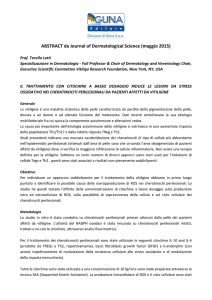
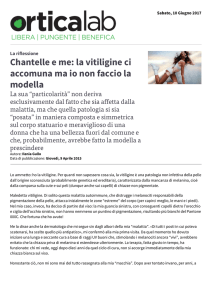
![tesi_Elena[1]relazione gisv - Elena Bellodi I Pedagogista](http://s1.studylibit.com/store/data/000764652_1-81427e88b9cd6bf4310d98836dd9f682-300x300.png)
